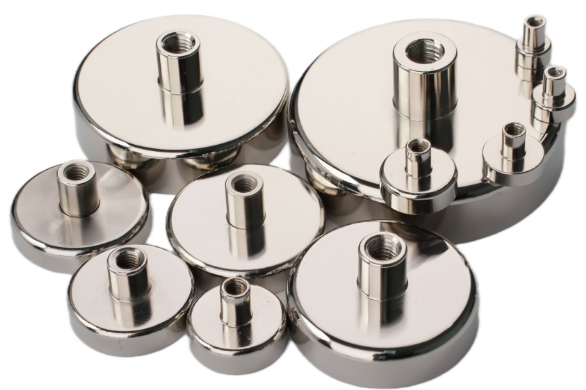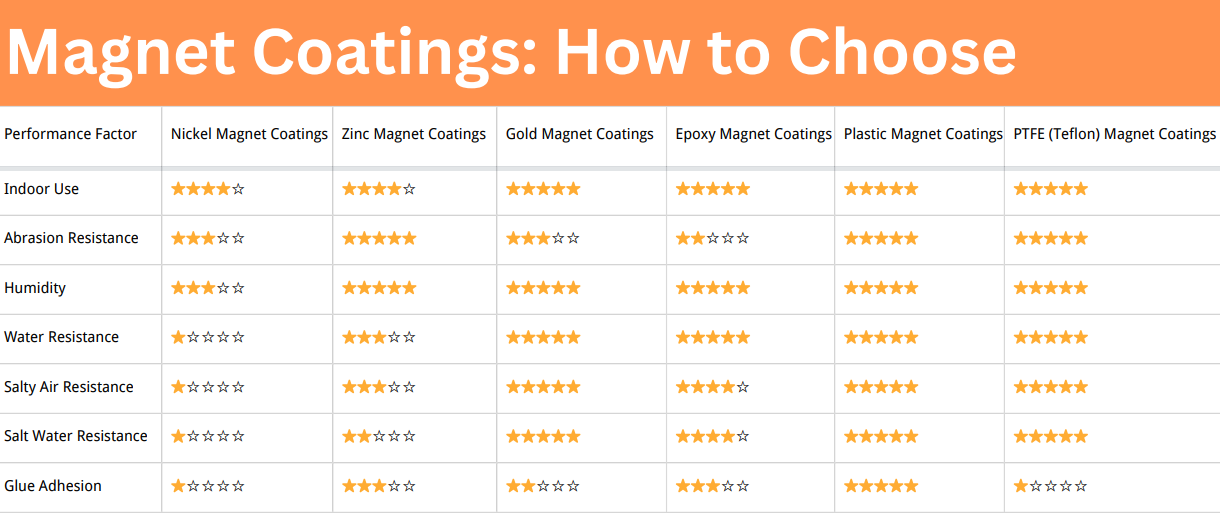Application of Grain Boundary Diffusion Technology in NdFeB Magnets
Since the advent of NdFeB magnets in the 1980s, they have been widely used in various fields such as automobiles, wind power, aerospace, and military industries due to their excellent magnetic properties. In recent years, the demand for neodymium magnets in wind power generation, new energy vehicles, etc. has increased sharply, which puts forward higher requirements on the coercivity and temperature stability of NdFeB permanent magnets, requiring them to work above 200°C. In this article, let's take a deeper look at the application of grain boundary diffusion technology in NdFeB magnets.
Application of Grain Boundary Diffusion Technology in NdFeB Magnets[/caption] Because the magnetocrystalline anisotropy field of the Dy2Fe14B phase is much stronger than that of the Nd2Fe14B2 phase, and the Curie temperature is relatively higher, it can greatly improve the coercive force and temperature stability of the material. For sintered NdFeB magnets with high coercivity and temperature requirements, the content of dysprosium is very high, reaching more than 10%. There are two major methods for reducing the amount of dysprosium with NdFeB magnets, crystal particle refining, and the grain boundary diffusion method. It is expected that the dysprosium content can be reduced by about 1-2% through the refinement of crystal particles, and it is expected to be reduced by about 2-3% by the grain boundary diffusion method. In total, it can be reduced by about 5%. The traditional element addition method is to add in the smelting process, that is, to smelt Dy with Nd, Fe, B, and other elements. In the final prepared magnet, Dy is distributed in the grain boundary and the main phase of the grain. However, studies have shown that Dy at the grain boundary has the most significant effect on improving coercivity. Japanese researchers first proposed the concept of "grain boundary diffusion". They use a special process to make Dy only exist in the grain boundary without entering the crystal through diffusion, which not only improves the performance of the neodymium magnet but also greatly reduces the total amount of Dy element and the cost of the material. They deposit Dy vapor on the surface of the particles during the powdering process, and Dy atoms diffuse along the grain boundaries during the subsequent sintering process. Dy and Fe located at the grain boundary are antiferromagnetically coupled. With almost no reduction in remanence, the coercivity of the material increases from 800kA/m to 1800kA/m. The damage to the magnet surface after machining will lead to the weakening of the magnetic properties. Especially for small-sized samples, the coercive force is significantly reduced. The use of grain boundary diffusion technology can repair and increase the magnetic properties of the magnet surface. At present, the grain boundary diffusion technology has received widespread attention, and its preparation processes mainly include evaporation diffusion, magnetron sputtering, and surface coating.
Conclusion
Thank you for reading our article and we hope it can help you to have a better understanding of the application of grain boundary diffusion technology in NdFeB magnets. If you want to learn more about neodymium magnets or other types of magnets, we would like to advise you to visit Stanford Magnets for more information. As a leading magnet supplier across the world, Stanford Magnets has been involved in R&D, manufacturing, and sales of magnets since the 1990s. It provides customers with high-quality permanent magnets like SmCo magnets, neodymium magnets, AlNiCo magnets, and ferrite magnets (ceramic magnets) at a very competitive price.















